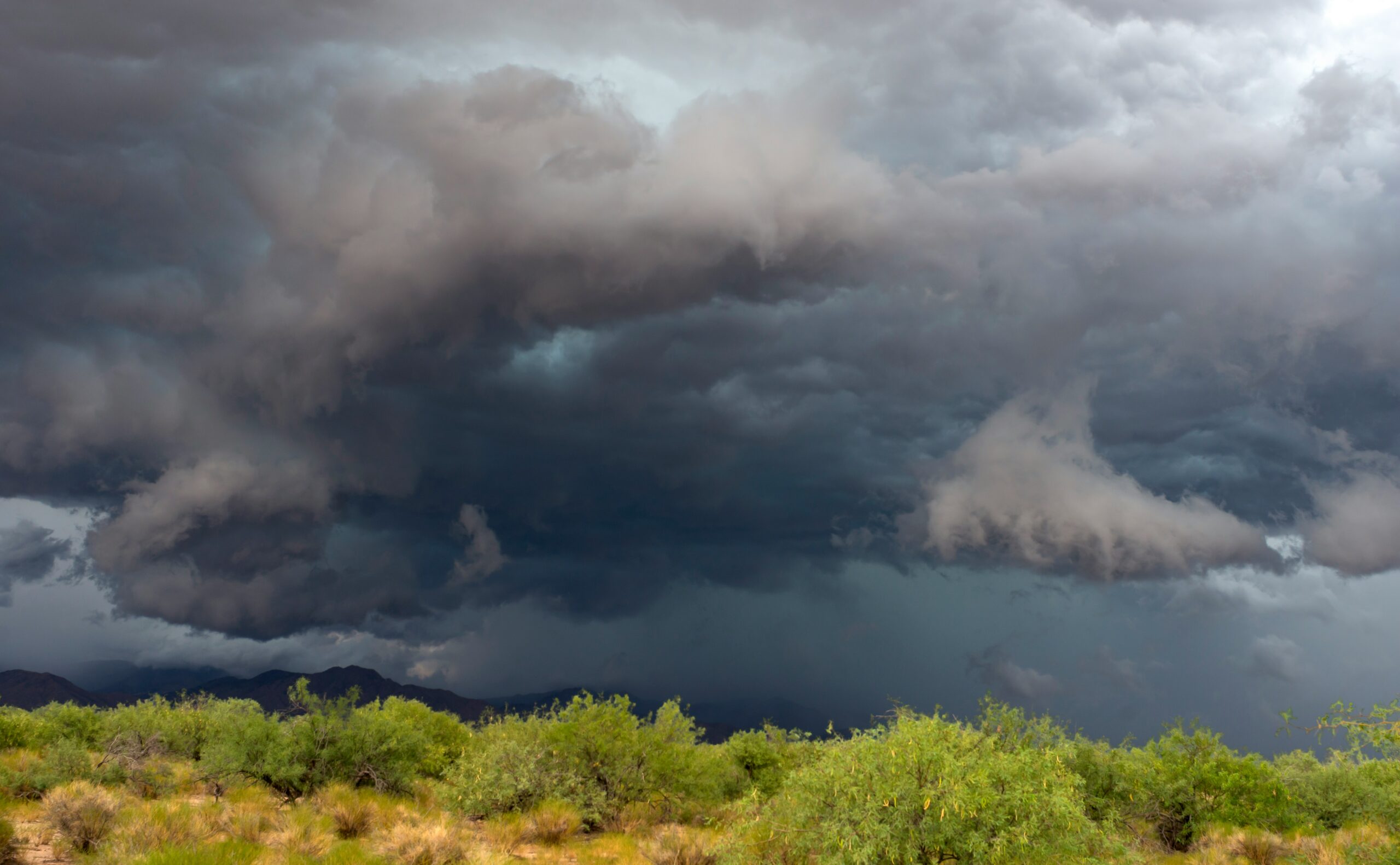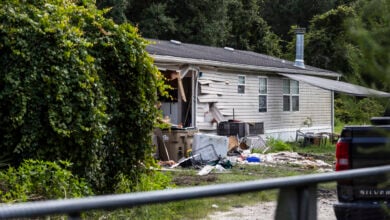Rising hurricane threat to Mid-Atlantic and Northeast
Climate change drives hurricanes further north, increasing risks and damages

As global temperatures rise, hurricanes are evolving – becoming more intense more quickly, bringing increased rainfall, reaching further inland after landfall, and generally tracking further north.
These changes are putting more people and properties at risk from hurricanes’ damaging winds, a new report from the First Street Foundation reveals, with potential damages running into millions of dollars in the coming decades.
The report highlights that homeowners’ financial losses from hurricane damage are expected to rise significantly in new areas, including the Mid-Atlantic and Northeast.
The analysis, covering the next 30 years, indicates that Florida and the Gulf Coast will continue to suffer the greatest financial losses from hurricanes. However, significant damage increases are anticipated in regions previously considered safer from severe storms.
For instance, the report identifies the top 20 US cities most likely to be hit by a major hurricane in 2023, all located in Florida. Over the next 30 years, New York City is projected to see the largest percentage increase in average annual loss from strong hurricanes, followed by Newport News, Virginia, and other Mid-Atlantic coastal communities. The report also notes that Southeast cities like Charleston, South Carolina, and Savannah, Georgia, will become notable future hot spots.
Matthew Eby, founder and CEO of the First Street Foundation, stated that hurricanes are reaching further north, impacting areas previously untouched by such storms. He also noted that these hurricanes are becoming stronger.
First Street, known for its flood risk analysis, sought to understand the increased wind damage risk from stronger storms driven by climate change and its impact across the US.
Eby explained that while their flood model provided part of the hurricane risk story, the other critical aspect is the immense wind force hurricanes carry.
Climate change, driven by human activity and warming oceans and atmosphere, is not increasing the number of hurricanes but is fueling stronger storms. According to the National Oceanic and Atmospheric Administration, the probability of a hurricane in the North Atlantic intensifying into a major storm (category 3 or higher) has risen from 10% in the 1980s to 40% today.
Eby pointed out that the chances of a hurricane being a major storm at landfall are now nearly 50-50. After landfall, stronger storms can persist longer over land, dumping significant rain and bringing high winds to unprepared areas.
The report also indicates that hurricanes are more likely to form further north, where communities are generally less equipped to handle hurricane-force winds compared to places like Miami.
Eby mentioned that the South Carolina and Georgia border will experience the largest increase in wind speeds over the next 30 years. Charleston, heavily impacted by Hurricane Matthew in 2016, has not faced a devastating storm since Hurricane Hugo in 1989.
The Georgia-South Carolina border area has largely avoided the worst hurricane landfalls due to the coastline’s inward bend. However, this could change as storms strengthen further north in the Atlantic.
Hurricane models from meteorologist and MIT professor Kerry Emanuel, used in the First Street report, suggest that current and future hurricanes have a tendency to form slightly further north in the Atlantic.
Emanuel and Eby warned that stronger, more northward storms could hit areas that lack hurricane resilience.
For Florida, the increase in hurricane wind speeds will be mild compared to the mid-Atlantic states and New England. In Miami, 100 mph winds are serious but not devastating due to the city’s preparedness.
Emanuel criticized the outdated hurricane models used by the government, insurance companies, and banks, which rely on insufficient historical data. He developed a physics-based model of present and future hurricanes that has accurately tracked recent major storms and was used by First Street for its report.
Emanuel noted that the insurance industry has recently acknowledged the outdated nature of their risk estimates, which are based on data 50 years old and no longer useful due to climate change.
First Street aims to provide data that helps homeowners make their properties safer and more resilient. Eby and Emanuel hope the data will also be used by governments and financial and insurance companies to enhance community resilience or relocate them to safer areas.
Eby expressed optimism that their data will enable informed decision-making, benefiting both individuals and communities.






